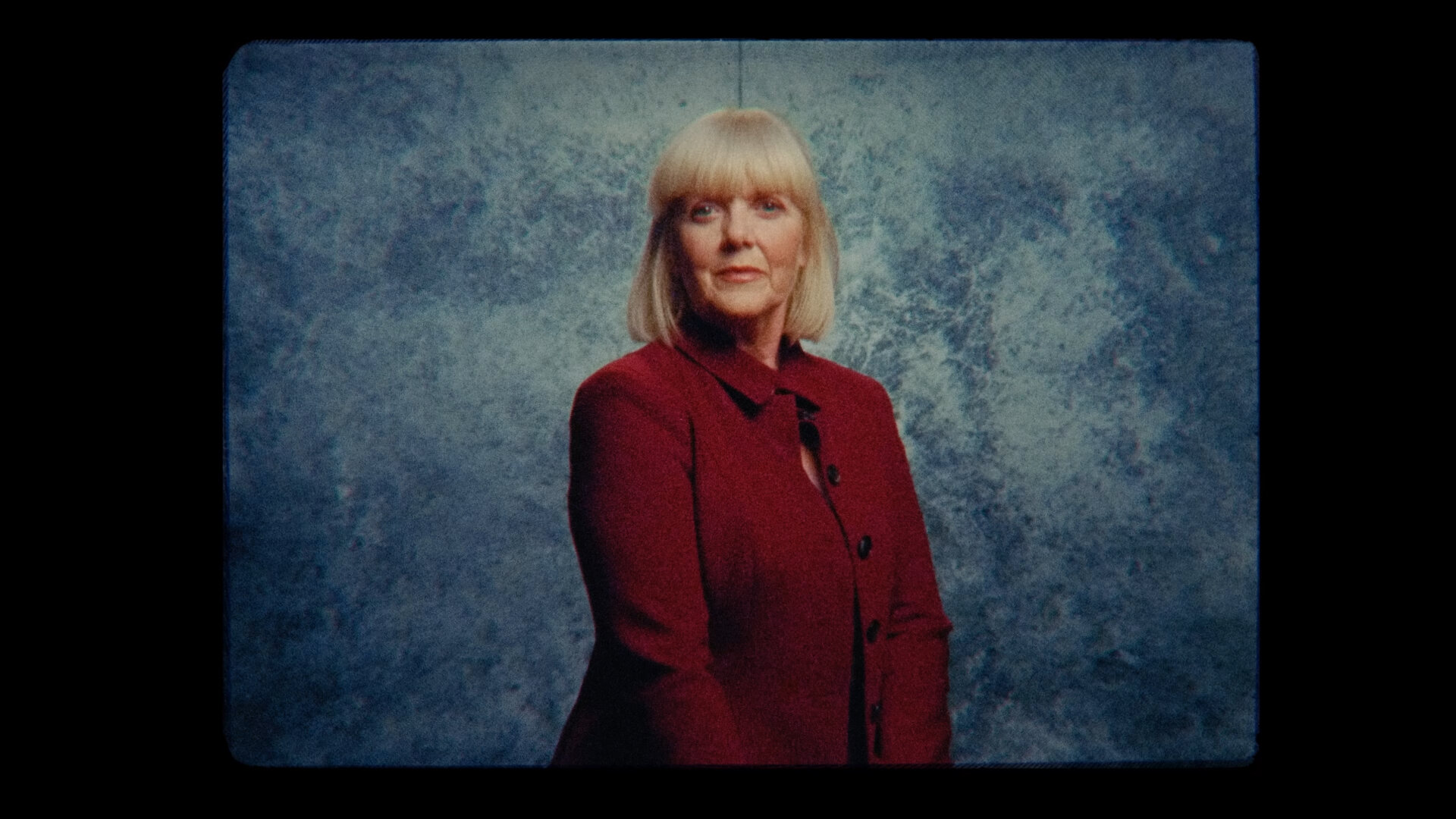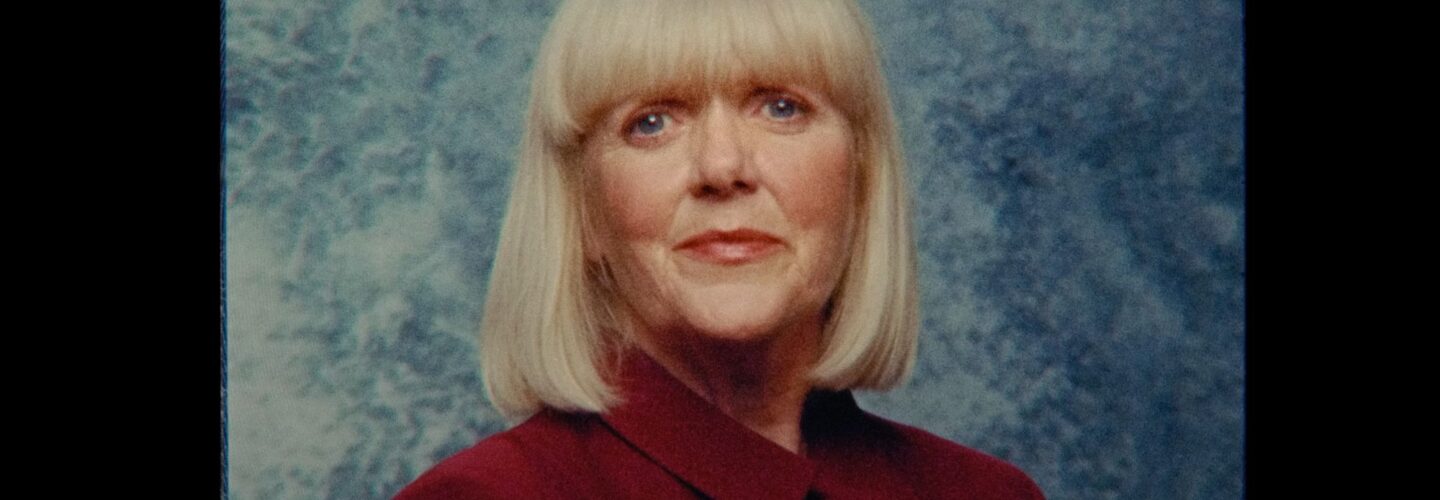
The world of politics isn’t one known for its impartiality when representing a wide variety of backgrounds and to make matters worse, there’s a whole extra level of inequity harboured by the age-old different treatment of men and women. Portrayed by Nicole Rixon and Ryan Goodman takes this concept and elegantly summarises the lived truth of the situation whilst also underpinning the persisting bias with a healthy dose of ageism. All of which throws into sharp relief that despite it being a hundred years since the first female MP took her seat in parliament, we actually seem to be going backwards when it comes to equal treatment of the sexes. The duo have taken on the glaringly pernicious topic and created a film which purposely leaves the audience feeling uncomfortable, hopefully sparking difficult conversations. Echoing their desire for a more equitable society, Rixon and Goodman worked hard to recruit a fully diverse team in an industry where this is still regrettably far from the norm. We spoke to them ahead of Portrayed’s premiere on DN today about the detailed character development they applied to map the emotions of their protagonist through the immaculately planned one-shot structure and their worthwhile decision to use 16mm film to lend a timeless look which chimes with the film’s theme.
As your narrative directorial debut how did you and Ryan come to work together on Portrayed?
Ryan and I developed the script over a year and 10 drafts (we were initially due to shoot in March of 2020 but due to obvious reasons this had to be pushed back). The extra time meant that we could refine the concept even further, so we were really happy with our final script. We’re both directors that work in the branded content/commercial world, but have a huge love for narrative, so have wanted to make a short for quite a while. There was a lot of political news at the time and we had noticed the disparity in the media when it came to talking about female vs male politicians. We realised we’d never seen anything on screen that addressed this, and the idea began to take shape from there. There is also a massive lack of leading roles for women over the age of forty, as well as stories that centre around female characters of that age bracket aside from the ‘mother’ or ‘grandmother’ roles so we really wanted to explore both of these issues in Portrayed.
How did the process of refining and developing the script progress through those 10 drafts?
As the script was co-written by both of us, once we were happy with the rough plot and characters, we took it in turns to write drafts. We learnt that writing together in the same room did NOT work for us, we are both very strong-willed and we found it so much easier to make our amendments separately and then come together to discuss. Co-writing in this way was fantastic as it avoided any writer’s block or stalling in the process, we were there to push each other and motivate one another. Of course, there were times when we would clash on ideas or dialogue, but our Producer Sallyanne Badger had the final say in those situations.
To spend our life savings on a short film was hugely daunting which added a layer of pressure but ultimately, I think it makes you extremely dedicated, it really does become your film baby!
It was very advantageous to have the extra time as we were able to workshop the script with our cast over zoom, so if there were lines that didn’t feel right we could amend them and then ask our cast to try out different lines/reads. It also meant we spent a solid 10 months or so purely on the script as pre-production kept being delayed due to covid. It’s the longest prep we’ve ever had and I think the script feels really tight because of that.

How did you move from your enviably time rich writing period into the pre/production phase?
It was really important to us that we self-funded Portrayed, we wanted to have complete control over the production and we also felt it added higher stakes for us as directors. As both Ryan and myself work commercially in video, full creative control is a luxury you don’t usually have, so we took full advantage of it and were able to make bold/risky choices. To spend our life savings on a short film was hugely daunting which added a layer of pressure but ultimately, I think it makes you extremely dedicated, it really does become your film baby!
Despite being a low budget short, we felt extremely strongly that everyone in the cast and crew were paid a fair day rate. We had a crew of 17, so it was a fairly large set and we also made sure to have a 50/50 gender split in the crew, which was equally important as we wanted to champion women behind the camera as well. Both Ryan and I work in production, so we were able to get lots of our talented colleagues to work on Portrayed, we were overwhelmed by the skill and talent that was on set.
Sallyanne Badger, our producer, has been a long term friend and produced a lot for both Ryan and I in the commercial world. She has a wealth of experience and was integral to making the production as smooth as possible. All three of us have worked in casting and Sallyanne reached out to an amazing casting director contact Lesley Beastall to find our actors. We were over the moon to land the stellar cast that we did and did several table reads over zoom including one-on-one sessions with each cast member. Polly Kemp was the perfect ‘candidate’, she completely understood the character and we couldn’t have asked for a better performance. We did a lot of character development work with our cast as, despite our film being a short, we wanted the characters to be as well-rounded as possible.

When it came to the extended character development, how do you specifically work with your cast and specifically Polly on that?
Character development was really important to us, in a short it’s easy for characters to become one dimensional and we wanted to avoid that. We went through the character’s back story and created a life for them then we went through the script line by line, and used levels to map where the character’s emotions were at specific points in the script. For example, our candidate started at a level 3 stressed, progressed to a 10 for her outburst speech and then deflated back down to a 1 at the end of the piece. Polly Kemp did fantastic work on her character’s thoughts and processing for each line and where she was at emotionally for each segment of the script. You can really see that on screen, the camera is focused on our candidate for the majority of the film so you can see exactly what the character’s thinking throughout, as well as how weighed down she’s getting.
Why do you think women are still underrepresented within the film industry?
As Portrayed addresses, the patriarchy is still very present in all lines of work and film is no exception. It’s a big question as there are lots of reasons, representation is very important – if you don’t see yourself represented in certain job roles you believe they’re not for you. Film is also a ‘word-of-mouth’ industry so you often get jobs through who you know, rather than open applications. This creates a quite insular circle as it’s the same people recommending friends etc. who are similar to themselves. I do think it’s changing though, it’s become far more inclusive even in the last few years, although we still have a long way to go!
The camera is focused on our candidate for the majority of the film so you can see exactly what the character’s thinking throughout, as well as how weighed down she’s getting.
Portrayed is a smooth and slick real time drama captured in a one-shot on 16mm, how did you arrive at those technical choices for the film?
We knew we wanted to shoot on film due to the timeless look that it gives. Portrayed could be set in any decade, the themes are still as horribly relevant today as they would have been back in 1918 when the first female politician was elected – so we felt the timeless quality of 16mm film was important for this story. We also wanted to make our audience uncomfortable, really force them to watch our candidate and build their own frustrations alongside her. I studied theatre and the one-take shoot felt like a theatre piece for our actors, it was very fun to merge those two worlds. It also pushed our actors, there was a lot of pressure on them – if they missed a line, they had to just ad lib and carry on.



Our camera team had to follow blocking throughout each take, so it was a lot of pressure on them. The concept lent itself to the blocking and camera movements. We wanted to keep the focus on the candidate throughout, never leaving the lens’ or audience’s gaze, so our photographer worked using a tripod, which also freed the character to be on camera rather than a voice beyond. Being on sticks was also a conscious blocking choice and allowed the use of the SR3. Linked to this is one of our biggest choices doing it in one take. This was initially based on narrative and motivation over cinematography as we wanted to create artificial pressure on the performance that the safety net of digital would have removed.
We also wanted to make our audience uncomfortable, really force them to watch our candidate and build their own frustrations alongside her.
We had one rehearsal day for blocking and prelight, and then the final shoot. We could afford 7 cans of film, so we had 7 attempts to get the short (and yes, we used the 7th take for the final film). Although it was tense on the shoot day I really think the film benefited from that pressure, it was a really brave move on our part. I think the crew and our producer thought we were a bit crazy but we’re really proud we pushed ourselves and didn’t go with the easy option.

The exciting thing was to intertwine the medium with the concept. Using the camera POV lent itself to shooting film as we felt it allowed a quicker read for the viewer, although photography has moved more digital there is something linking portraits to film. We ended up shooting some Kodak 500t, which we already had, in the early takes before moving onto 160t, the take used is on the latter stock. We also wanted warm tones that a studio portrait would have and tungsten light provided.
What are you working on next?
We have another short in development together called Seed. Separately, Nicole runs a female-led creative and video production company called Bridget Productions which is keeping her very busy, while Ryan has been focussing on writing alongside his commercial work, he is writing a six episode drama that he hopes to send out for commission next year.


